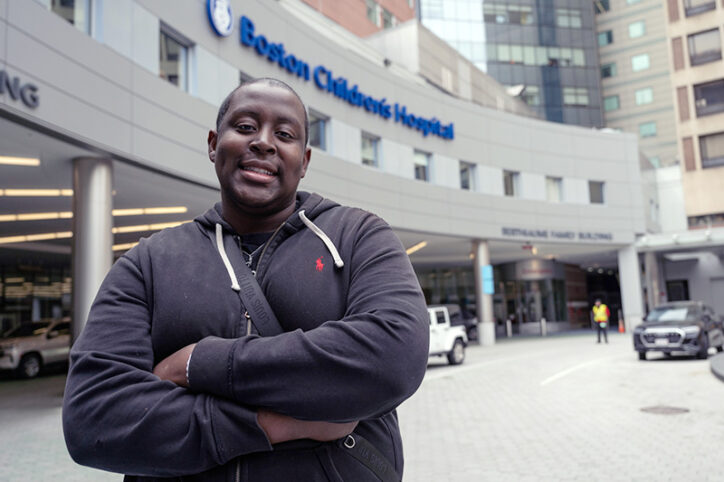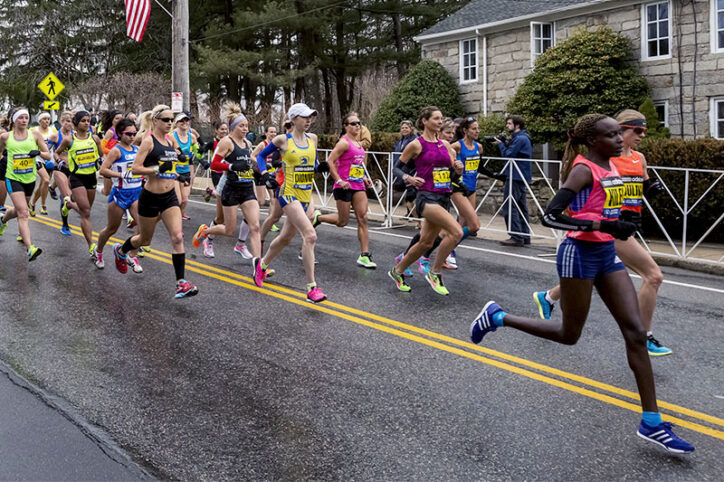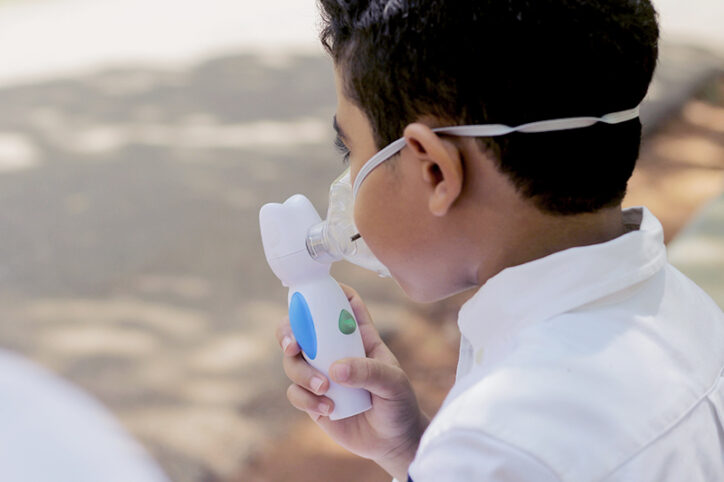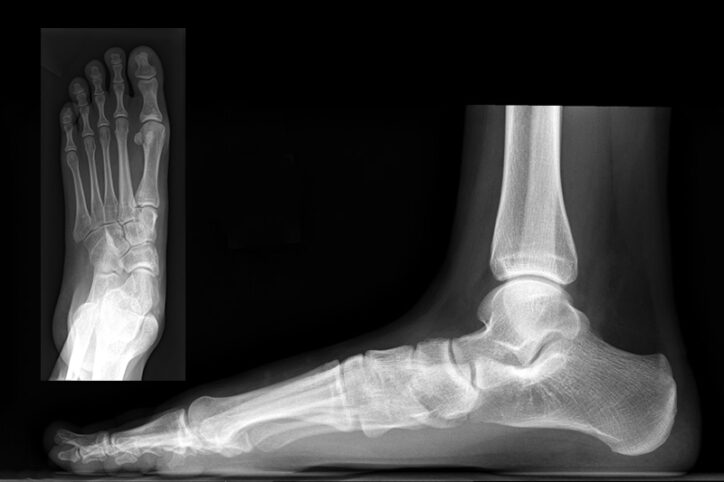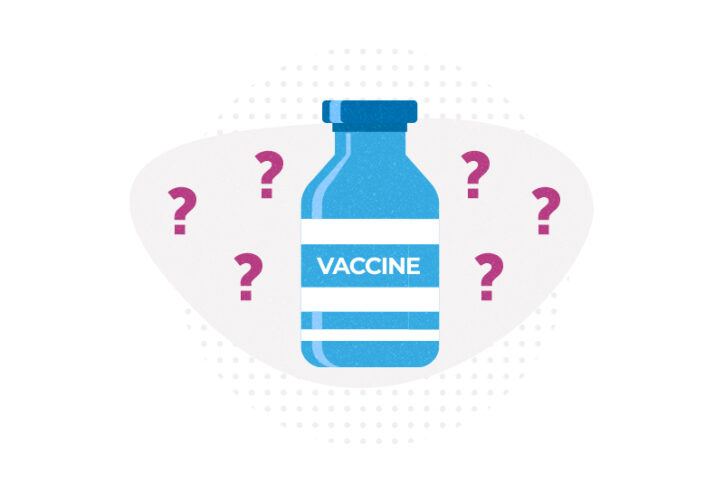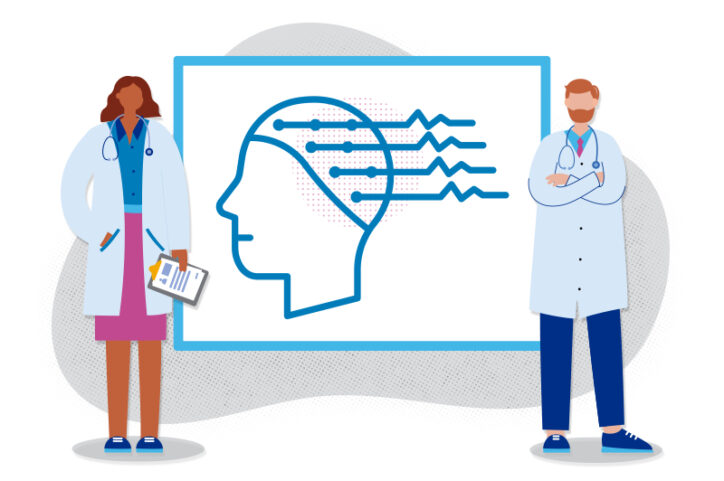Model enables study of age-specific responses to COVID mRNA vaccines in a dish
mRNA vaccines clearly saved lives during the COVID-19 pandemic, but several studies suggest that older people had a somewhat reduced immune response to the vaccines when compared with younger adults. Why? Researchers at Boston Children’s Hospital, led by Byron Brook, PhD, David Dowling, PhD, and Ofer Levy, MD, PhD, found some answers — while providing ... Read More about Model enables study of age-specific responses to COVID mRNA vaccines in a dish
A sickle cell first: Base editing, a new form of gene therapy, leaves Branden feeling ‘more than fine’
Though he doesn’t remember it, Branden Baptiste had his first sickle cell crisis at age 2. Through elementary school, he was in and out of the hospital with pain episodes, not knowing why. As he got older, he learned he had sickle cell disease. His red blood cells were forming sickle shapes and getting stuck ... Read More about A sickle cell first: Base editing, a new form of gene therapy, leaves Branden feeling ‘more than fine’
Fuel to be faster: Studying the effects of low energy availability at the Boston Marathon
Like many sports medicine specialists, Kristin Whitney, MD, MA, suspected that many of the issues she treats in runners — bone stress injuries, anemia, decreased response to training, and reduced endurance to name a few — stemmed from insufficient nutrition. Key takeaways Runners with indicators of low energy availability had slower finish times and more ... Read More about Fuel to be faster: Studying the effects of low energy availability at the Boston Marathon
Making pediatric health equity research truly equitable: An EDI review process
A burgeoning number of studies are examining pediatric health equity, diversity, and inclusion (EDI). But if not done right, health equity research can do a disservice, perpetuating biases and wrong assumptions that actually exacerbate inequities. To guide EDI-related studies, the Institutional Review Board (IRB) at Boston Children’s Hospital (through Tina Young Poussaint, MD, and Susan ... Read More about Making pediatric health equity research truly equitable: An EDI review process
Gene therapy for adrenoleukodystrophy: Studies find both risks and benefits
Cerebral adrenoleukodystrophy (CALD), portrayed in the film Lorenzo’s Oil, is a devastating disorder caused by a mutation on the X chromosome. Boys with CALD progressively lose their neurologic function and, if untreated, eventually become non-responsive. Most pass away within 10 years of diagnosis. Until recently, the only treatment for CALD was a blood (hematopoietic) stem ... Read More about Gene therapy for adrenoleukodystrophy: Studies find both risks and benefits
Will early intervention prevent asthma in school-age children?
Asthma affects about 1 in 10 children, often sending them to the emergency room or causing them to miss school. Allergic conditions in young children — like food allergies or eczema — are often a precursor. Susceptible children begin producing IgE antibodies, which trigger allergic reactions and spur the “allergic march” toward asthma. IgE antibodies ... Read More about Will early intervention prevent asthma in school-age children?
Novel procedure may bridge the treatment gap for symptomatic flexible flatfoot
Most children develop arches in their feet by early adolescence. About 20 percent, however, have pes planovalgus (PPV), also known as flexible flatfoot. Most children with PPV can participate in sports and other activities without issue, but others have ongoing pain in their feet that limit function and activities. Until recently in the U.S., children ... Read More about Novel procedure may bridge the treatment gap for symptomatic flexible flatfoot
In cases of pediatric cervical spine instability, two attending surgeons are better than one
Cervical spine instability (caused by congenital deformity, trauma, or a tumor) can affect children in a number of ways: from chronic headaches to bowel dysfunction to severe mobility limitations. In many cases, misaligned vertebrae compress the spinal cord and surrounding nerves, causing neurological issues, which, if left untreated, can lead to long-term disability. Common indications ... Read More about In cases of pediatric cervical spine instability, two attending surgeons are better than one
Will people accept a fentanyl vaccine? Interviews draw thoughtful responses
In 2022, more than 100,000 people died from opioid overdoses in the U.S., according to the National Center for Health Statistics. Roughly three quarters of these deaths involved fentanyl, a highly potent synthetic opioid. Fentanyl-related deaths have spiked over the past decade, many of them occurring in people with no known history of opioid use ... Read More about Will people accept a fentanyl vaccine? Interviews draw thoughtful responses
Finding epilepsy hotspots before surgery: A faster, non-invasive approach
Neurosurgery for patients with drug-resistant epilepsy requires locating the precise brain areas that are generating the seizures. Typically, patients undergo 7 to 10 days of invasive intracranial EEG monitoring, with electrodes surgically implanted inside the brain through one or more skull openings to capture seizure activity as it happens. Eleonora Tamilia, PhD, directs the Epilepsy ... Read More about Finding epilepsy hotspots before surgery: A faster, non-invasive approach



